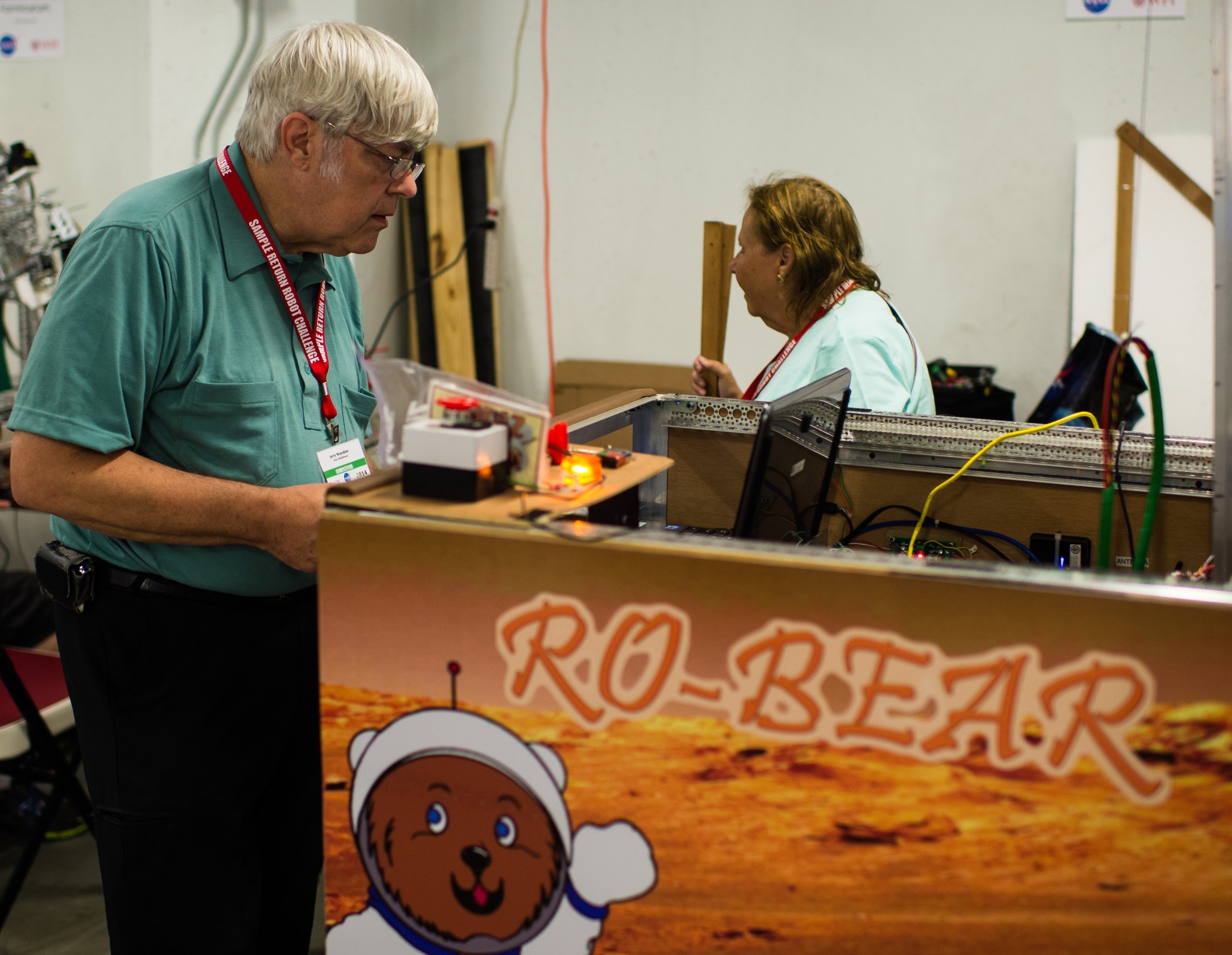NASA’s deep space agenda calls for harnessing both robotic and human skills to explore faraway destinations, such as Mars, the asteroids and beyond. As part of that quest, there is need for high-tech advancement in autonomous navigation, sense and avoid capability, object recognition capacity, and robotic manipulator technology – and to tap the creative knowhow of those in academia, industry and other government agencies.
That pursuit is exemplified by NASA’s Centennial Challenges’ Sample Return Robot Challenge to be held at Worcester Polytechnic Institute in Worcester, Massachusetts from June 8-12, 2015.
Winning solutions
Since the challenge’s inception some three years ago, teams have been vying for a prize purse of $1.5 million. Established in 2012, the autonomous robot competition has seen participants edging ever closer to winning solutions.
This year there are 20 robotics teams engaged in the fourth running of the NASA Centennial Challenge program’s Sample Return Robot Challenge.
The Centennial Challenges program is part of NASA’s Space Technology Mission Directorate, responsible for innovating, developing, testing and flying hardware for infusion in future NASA missions.
“We have been delighted with the growth and development of the teams and their capabilities,” says Sam Ortega, program manager for Centennial Challenges at NASA’s Marshall Space Flight Center in Huntsville, Ala. “Given the technology hurdles on our journey to Mars, for example, it’s not an easy job. Space exploration has never been an easy task.”
Open to all
Ortega explains that teams must demonstrate a robot that can locate and collect geologic samples from a large and varied terrain – independent of human control in a set amount of time.
The challenge is open to all. The team list to date includes entrepreneurs, individuals from small businesses, husband and wife teams, as well as father and son competitors. There are returning teams and new teams this year, , along with a team from Mexico City, Mexico.
The Sample Return Robot Challenge involves two levels of competition that grow in degree of difficulty. To win a Level 1 prize a robot has 30 minutes to autonomously navigate and retrieve a pre-cached sample.
In order to win a Level 2 prize, a team must autonomously navigate at all times and retrieve the pre-cached sample and several additional sample types from separate large regions of the roving area that will be of different terrain types.
Setting the bar high
At the first competition in 2012, no teams were awarded prize money. In 2013, NASA awarded $5,000 to one team that completed Level 1. Similarly, in 2014, another team completed Level 1.These two teams, therefore, are eligible to begin the 2015 competition at Level 2, bypassing Level 1 if they choose.
A central objective of the challenge is to spur innovation that may improve NASA’s ability to explore farther into space, Ortega points out, as well as enhance the nation’s robotic technology for use in Earth applications.
“Having a partner like the Worcester Polytechnic Institute to ensure the success of the Challenge has been awesome,” Ortega adds. “The opportunity to include innovators and citizen scientists to take part in the space exploration program is one of the things that Centennial Challenges provides. We’ve set the bar high for technical advancement and requiring those taking part to do something that’s never been done before.”
For additional information about the Sample Return Robot Challenge and to observe this year’s competition, go to: https://www.nasa.gov/robot






























